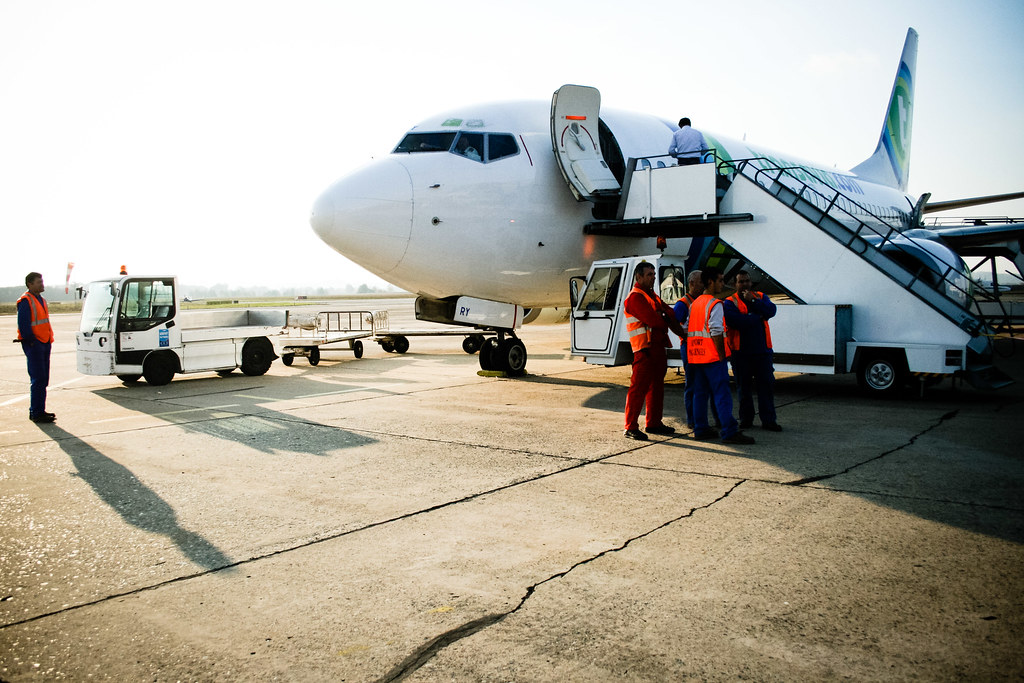
Oh, the wild world of air travel! We’ve all felt that unique blend of anticipation and dread as we navigate crowded terminals, hoping for a smooth journey. But sometimes, the real drama doesn’t happen high above the clouds; it unfolds right there in the cabin, turning a simple flight into a viral sensation.
From the perplexing paradox of a first-class seat turning an upgrade into a total nightmare, to the heated, widely debated question of whether reclining your seat is a basic right or an act of pure defiance, our skies have become an unexpected arena for modern etiquette showdowns. These aren’t just minor annoyances; they’re moments that capture our collective imagination and spark furious debate online.
Today, we’re diving deep into some of the most talked-about incidents and simmering controversies that have truly taken flight. We’ll unpack these real-life airborne dramas, explore the frustrations, and weigh in on the discussions that have everyone from seasoned flyers to etiquette experts chiming in. So, buckle up, because this journey through the nuanced and often infuriating landscape of airplane seat etiquette promises to be quite the ride!

Imagine paying a premium for first-class comfort, only to find yourself utterly immobilized. That’s precisely what American Airlines passenger @av_COVA experienced on a flight from Dallas to Grand Rapids, Michigan. His viral X post showed the seat in front of him reclined so far back it was literally pressed into his knees. “First Class. Dude is in my lap,” he lamented, expressing his disbelief at the lack of personal space.
This wasn’t a minor inconvenience; it completely ruined his flight. “I can’t use my tray table, and no chance of getting up,” he posted, highlighting his predicament. He suspected a broken seat, noting, “I’m in 3C, so 2C is clearly broken.” Despite spending $500 for the upgrade, the expected comfort was nowhere to be found, turning his ‘fortune’ into a frustrating waste.
When @av_COVA alerted a flight attendant, the response was a casual dismissal: “It’s an old airplane; some of these seats are worn out.” This shrug only intensified his frustration, as he rightly anticipated a suitable amount of legroom for his investment. The incident quickly became a cautionary tale about the unpredictable nature of even premium travel experiences.

The airline’s official response via X was swift, though ultimately unsatisfying for @av_COVA. “Keeping our planes in top-notch shape is always the goal. We’re sorry for this inconvenience and appreciate you bringing this to our attention,” American Airlines wrote. It was a standard corporate apology, aiming to acknowledge the issue without offering immediate resolution.
However, @av_COVA wasn’t looking for just words. His blunt counter-reply cut to the heart of the matter: “Maintenance isn’t gonna review the money I wasted.” He articulated a common consumer frustration – that apologies don’t compensate for a significant financial outlay and a ruined experience, especially when the advertised premium product falls so far short of reality.
Travel industry expert Gary Leff explained that while airlines advertise a premium product, their contracts often don’t obligate them to deliver it, viewing it merely as basic ‘transportation.’ Indeed, @av_COVA confirmed, “They said all they can offer is their apologies,” leaving him without a refund or additional perk. This incident starkly highlighted the disparity between passenger expectations and airline responsibilities.
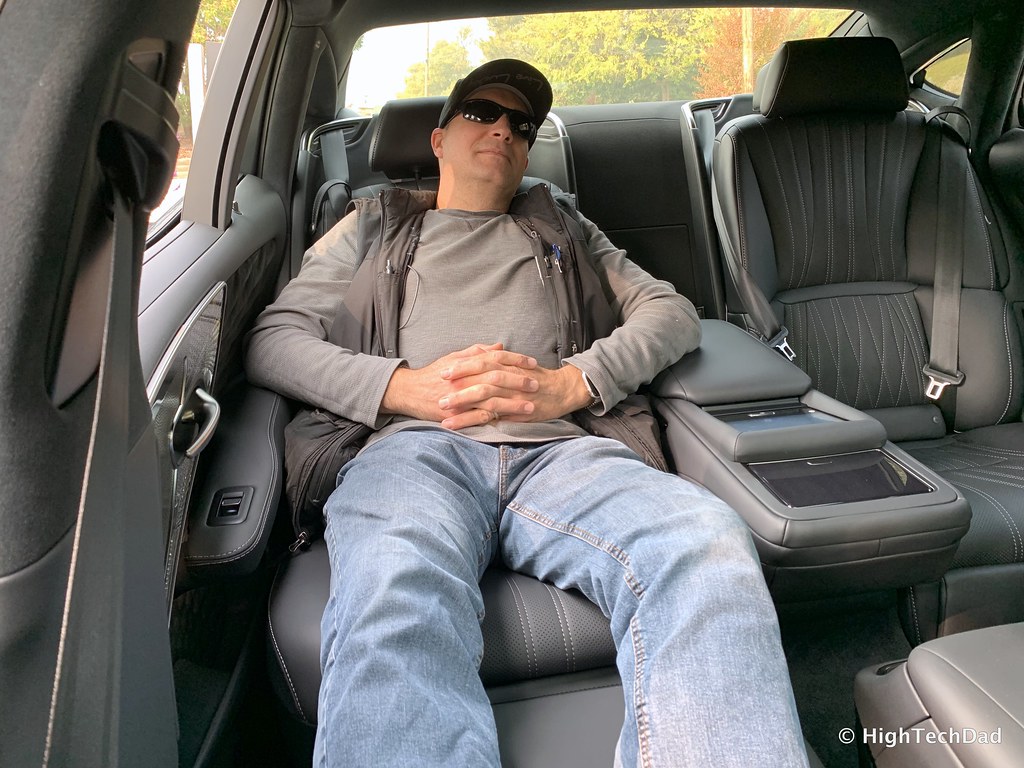
Beyond broken seats, the everyday recline often sparks intense conflict. A recent viral video from a Denver flight vividly showcased this tension: an irate passenger repeatedly shook and pushed the seat in front of him. His goal? To force the reclining passenger back into an upright position, clearly having reached his breaking point over encroached personal space.
The raw footage, initially shared on Instagram, quickly drew a flight attendant’s intervention to de-escalate the volatile situation. Yet, as travel expert Gary Leff noted in his blog post, passengers generally “have the right to recline their seats.” This fundamental ‘right’ often collides directly with another passenger’s comfort, creating immediate friction in the confined cabin.
This particular incident served as a potent visual reminder of the silent battles often unfolding in the skies. It underscored the deeply personal nature of these space disputes and the challenging role flight attendants play in managing them. The video instantly propelled the long-simmering recline debate back into the public eye, sparking heated reactions across social media platforms.
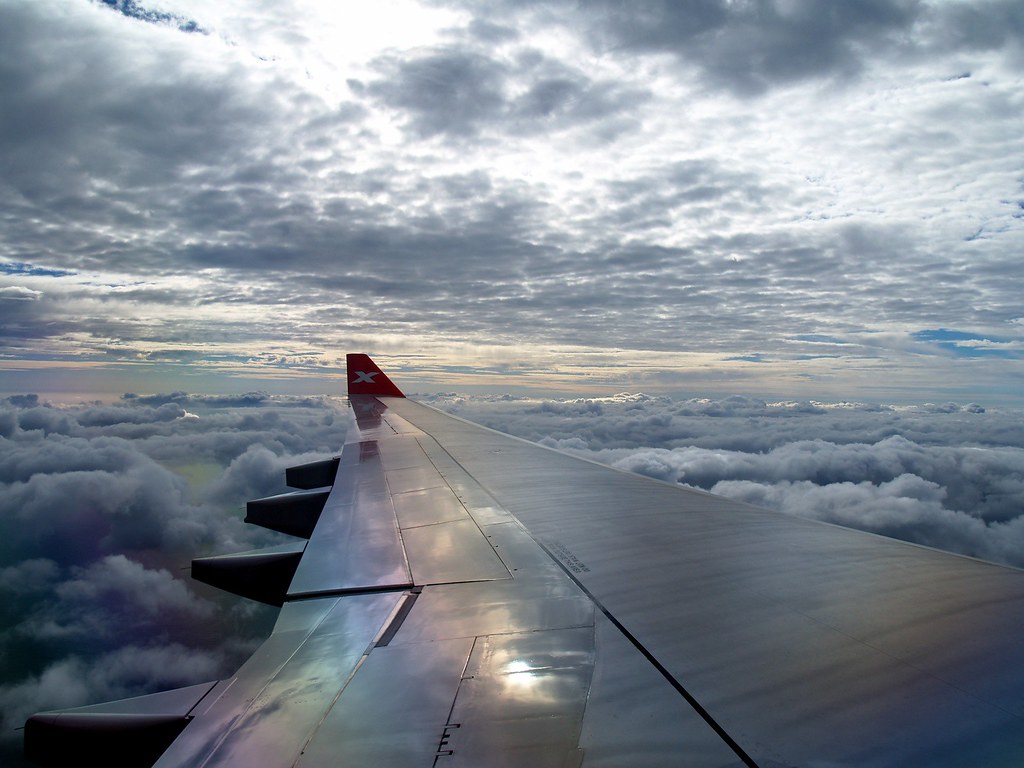
Just as the Denver incident began to subside, another fiery dispute erupted online, further fanning the flames of the recline debate. A now-viral video captured a female plane passenger vocally defending her right to recline, engaging in a heated argument with the couple behind her who were relentlessly pushing her seat upright. Her frustration was palpable and instantly relatable to millions.
Her initial accusation set the scene: “The whole trip she pushin’ my seat,” she exclaimed to the man. His ‘feeble defense’ was quickly met with her unshakeable conviction. Her voice rose, asserting with powerful emphasis: “No, you seen it! You know she did! I’m allowed to put my seat back!”
Her declaration, “I’m allowed. To. Put. My. Seat. Back,” resonated as a rallying cry for ‘pro-recliners everywhere.’ This potent 12-second clip, initially on TikTok and reuploaded to X/Twitter by Ian Miles Cheong, amassed over 14.4 million views. It cemented its place as a definitive moment in the ongoing airline etiquette discussion, fiercely dividing opinions across the internet.
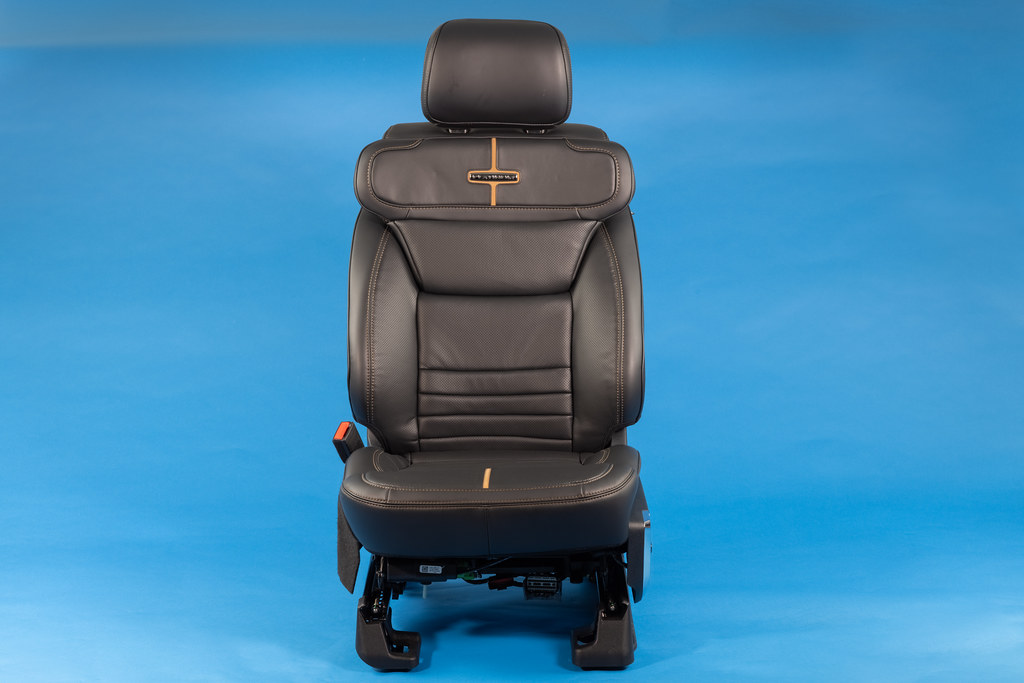
With these viral videos making rounds, social media transformed into a fervent battleground for opinions on airplane seat reclining. Ian Miles Cheong’s caption, “She’s allowed to put her seat back. You don’t get to kick it repeatedly just because you want more space,” perfectly framed the ‘pro-recline’ stance, resonating with those who believe in the right to use purchased features.
Supporters argued that if space is an issue, one should “book business or first class. Put your money where your entitlement lies.” Others cited personal needs, like “lower back issues,” stating that even 30 minutes without recline could cause significant discomfort. For them, reclining isn’t selfish; it’s a necessary adjustment for physical well-being on long journeys.
However, the ‘anti-recline’ camp was equally vocal and often more colorful. One ‘unpopular opinion’ suggested, “airplanes should not have seats that recline. As a larger person, I do not want my knees crushed.” A particularly brash X user labeled reclining in coach as “sociopath behavior,” arguing it prevents tray table use and leg movement. This stark division highlights the fundamental clash between individual comfort and the ever-shrinking communal space of economy travel.
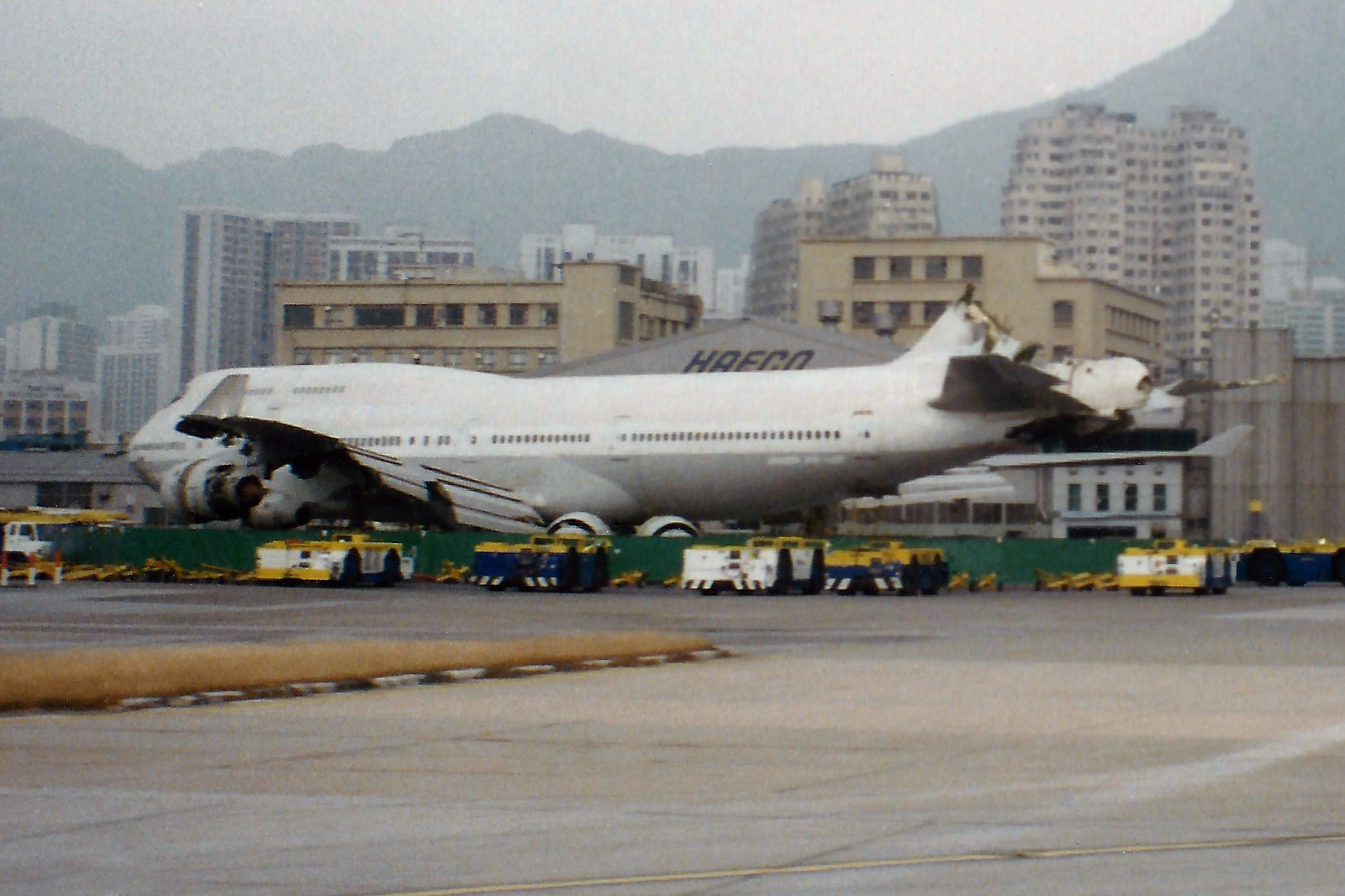
Beyond the recline wars, another distinct but equally infuriating incident captured widespread online attention: passengers knowingly occupying someone else’s reserved seats. A widely discussed post on the r/Delta subreddit by ‘Zealousideal-Host467’ detailed a frustrating encounter where a couple had brazenly settled into their designated first-class seats.
The intruding couple admitted to moving from their original seats simply to be closer to friends, fully aware they were taking assigned seats. When confronted, their dismissive reply was striking: “Oh, sorry, [we’re] in the wrong seats, well you can have our seats,” attempting to deflect blame. The original poster quickly countered, emphasizing, “But I paid for and selected the seats I wanted for a reason.”
The couple then tried to guilt-trip the Redditor, with comments like “You must not fly much because this isn’t a big deal,” and “We just got comfortable and you’re making us move.” This blatant disregard for assigned seating, especially in a premium cabin, ignited a massive online backlash, underscoring fundamental questions about basic airplane etiquette and respect for others’ paid-for choices.
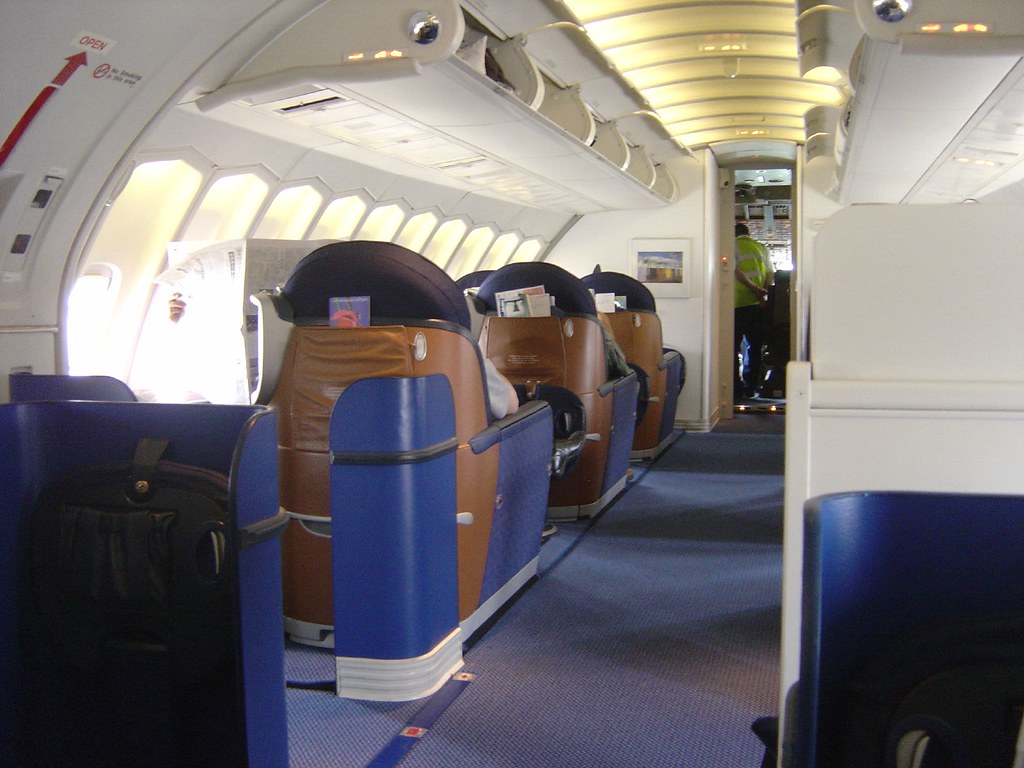
The Reddit post about the ‘seat hijackers’ quickly garnered over 12,000 upvotes, triggering a wave of condemnation for the intruding couple and staunch support for the original poster. Commenters overwhelmingly advised, “They are wrong. They are trying to guilt you into switching. You are not wrong. You can get a flight attendant involved,” reinforcing the clear right to one’s assigned seat.
Natalie Magee, a Colorado-based flight attendant, reiterated the importance of respectful conduct regarding seating. Her insights align with the general understanding that while recline debates are complex, assigned seats are unequivocally non-negotiable, and involving crew is appropriate if necessary. This emphasizes that passengers should not feel pressured to surrender their rightful space.
Elizabeth Wyse, editorial director of Debretts etiquette coaching, firmly supported this stance: “If someone is sitting in your allocated seat, you are perfectly entitled to ask them to move. Seat numbers are clearly displayed, and there is no reason for a mix-up.” This expert consensus clearly distinguishes assigned seat disputes from the more ambiguous recline debate, affirming a passenger’s right to their booked spot.
Oh, the wild world of air travel! We’ve all felt that unique blend of anticipation and dread as we navigate crowded terminals, hoping for a smooth journey. But sometimes, the real drama doesn’t happen high above the clouds; it unfolds right there in the cabin, turning a simple flight into a viral sensation.
From the perplexing paradox of a first-class seat turning an upgrade into a total nightmare, to the heated, widely debated question of whether reclining your seat is a basic right or an act of pure defiance, our skies have become an unexpected arena for modern etiquette showdowns. These aren’t just minor annoyances; they’re moments that capture our collective imagination and spark furious debate online.
Today, we’re diving deep into some of the most talked-about incidents and simmering controversies that have truly taken flight. We’ll unpack these real-life airborne dramas, explore the frustrations, and weigh in on the discussions that have everyone from seasoned flyers to etiquette experts chiming in. So, buckle up, because this journey through the nuanced and often infuriating landscape of airplane seat etiquette promises to be quite the ride!
Product on Amazon: GotPrint Custom Floor Decals | Personalized Vinyl Floor Stickers for Businesses, Events, Trade Shows | Customizable Decals Add Your Logo, Text, or Design, Rectangle 9 X 18
Brand: Visit the GotPrint Store
Price: 26.99 USD
Rating: 3.7 Total reviews: 8
Color: Rectangle
Item dimensions L x W x H: 9 x 18 inches
Recommended Uses For Product: Floor
Theme: Custom
Style: Custom
Reusability: Reusable
Item Form: Sheet
Pattern: Custom
Indoor/Outdoor Usage: Outdoor, Indoor
Features:
1. MATERIAL: Floor decals are printed on a lightweight or heavy duty, slip-resistant textured matte vinyl (ranges from 6–12 mil thickness).
2. VERSATILE DECAL APPLICATION: Apply custom decals for the floor both indoors and outdoors on multiple surfaces, including carpet, tile, wood, pvc floor, and untreated stone. Easy to apply and remove with no adhesive residue.
3. FLOOR STICKERS SHAPES & SIZES: Choose a rectangle floor decal to display your company logo or any message. Offered in large floor decal sizes 9” x 18”, 12” x 24”, 20” x 30”, and 24” x 36”.
4. CUSTOMIZE FLOOR SIGNS WITH DESIGN OR TEXT: Upload your company logo, add any message using a variety of fonts, and choose a background color to easily create floor graphics with the customization tool.
Top Review from US: “My dance floor decal was perfect. Bought the indoor version and used it outdoors on concrete with the help of a lil gorilla glue and it stayed down after being danced on!”
Shopping on Amazon >>
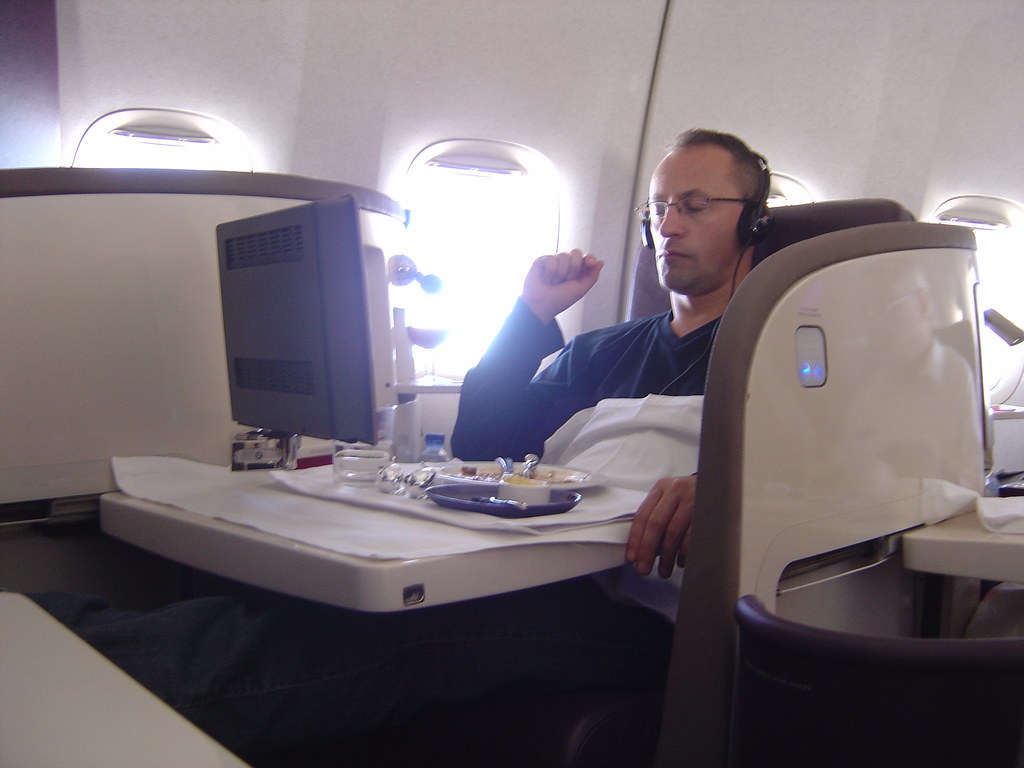
After witnessing the fiery debates, it’s clear there’s no easy answer to the question of whether one should recline their airline seat. For many etiquette experts, the answer leans heavily towards ‘no’ in most contemporary economy class settings. Diane Gottsman, an etiquette expert from the Protocol School of Texas, explicitly states, “Unless you were sitting in a seat with extra legroom, or in first class, it would be inconsiderate to recline your seat.” Her reasoning is simple and direct: “Space is tight, and it’s common knowledge and no surprise that you will be sitting in tight quarters.” This perspective highlights the current reality of air travel where personal space is a luxury, not a given.
Indeed, the flying experience has changed dramatically over the years. Gottsman notes that reclining “used to be fine, back when there was enough space (34 inches between economy-class seats should be a standard).” However, those days are long gone. Today, the space is so confined that, as an average-height passenger, one might struggle to even move their legs once seated, let alone cross them. This stark reduction in legroom and overall personal space makes any recline feel like a significant encroachment.
The feeling of being crammed into tighter quarters seems to have intensified since the pandemic, as airlines quietly nudge seats even closer together. There’s no public announcement when airlines shrink their seats, leaving passengers to discover the reduced space firsthand. This constant shrinking of cabin space, coupled with the desire for individual comfort, fuels the ongoing friction over the simple act of reclining.
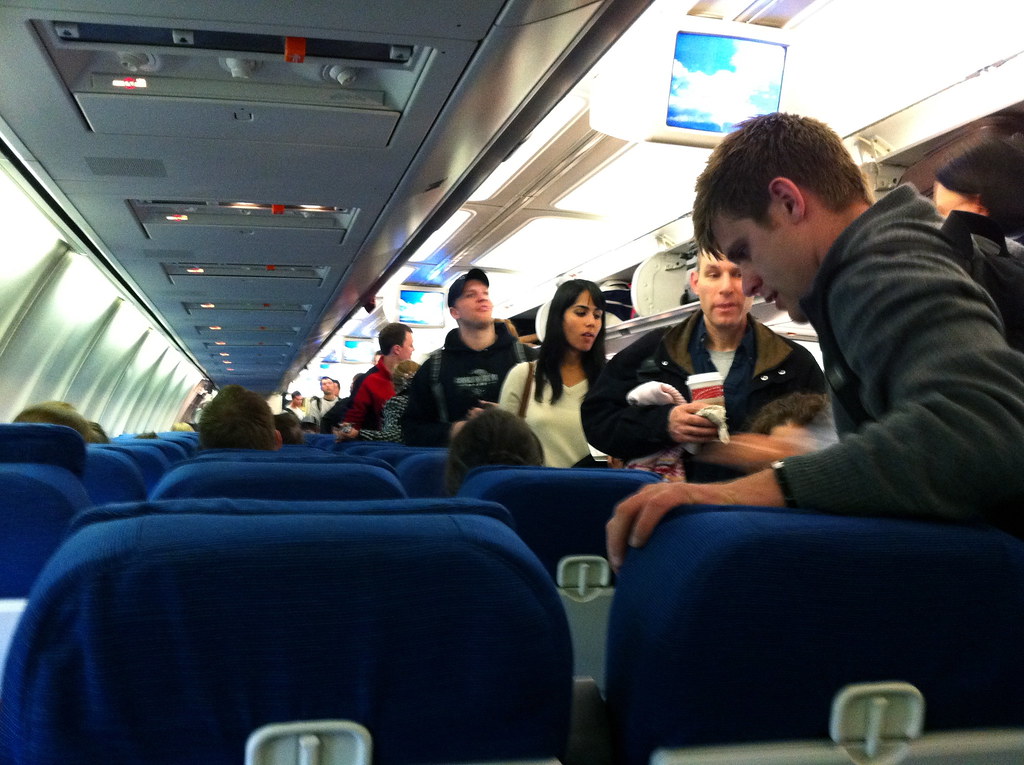
Despite the strong opinions from etiquette experts, the reality on planes is often quite different: a significant portion of passengers will still choose to recline their seats. It seems all the etiquette rules in the world can’t entirely stop flyers from leaning back, especially those who travel frequently. Informal polls consistently show that a large percentage of the general flying public, and an even higher percentage of frequent travelers, believe they have the right to recline their seats. For instance, a recent informal poll by App in the Air found that a striking 70% of frequent flyers felt they should be able to recline.
The common arguments from those who recline often boil down to two points. Firstly, they contend that they paid for the seat and should therefore be able to use all its features, including the recline function, any way they want. Secondly, there’s the assertion that if airlines didn’t want seats to recline, they simply wouldn’t make them recline. These arguments, however, are often met with frustration by those whose space is invaded, leading to the endless debate.
Travel industry expert Eric Finkel offers a stark perspective on this dynamic, suggesting that these arguments miss the underlying issue perpetuated by airlines themselves. He states, “The airlines have effectively sold the space where the seat reclines twice – to both the person sitting in the seat and the person behind them.” For Finkel, this isn’t an oversight but a deliberate strategy: “From the airline’s perspective, making money on the same space twice and letting the passengers fight it out is a feature, not a bug.” This provocative insight suggests that the very design of modern cabins inherently creates conflict, turning a fundamental feature into a point of contention rather than comfort.
Product on Amazon: DIVIDEND INVESTING FOR BEGINNERS: Build your Dividend Strategy, Buy Dividend Stocks Easily, and Achieve Lifelong Passive Income (Kenosis Books: Investing in Unpredictable Markets)
Price: 11.99 USD
Rating: 4.6 Total reviews: 577
Top Review from US: “Dividend investing minimizes risk and increases the probability of generating returns. With dividend investing, investors can generate passive income before retirement. The book explains how to analyze a company before investing, enabling you to make an informed and sound decision. The pros and cons of dividend investing are laid out in the book. As a beginner’s book, I appreciated the financial terms being explained in plain language. This is easy to read and understand. I recommend reading.”
Shopping on Amazon >>
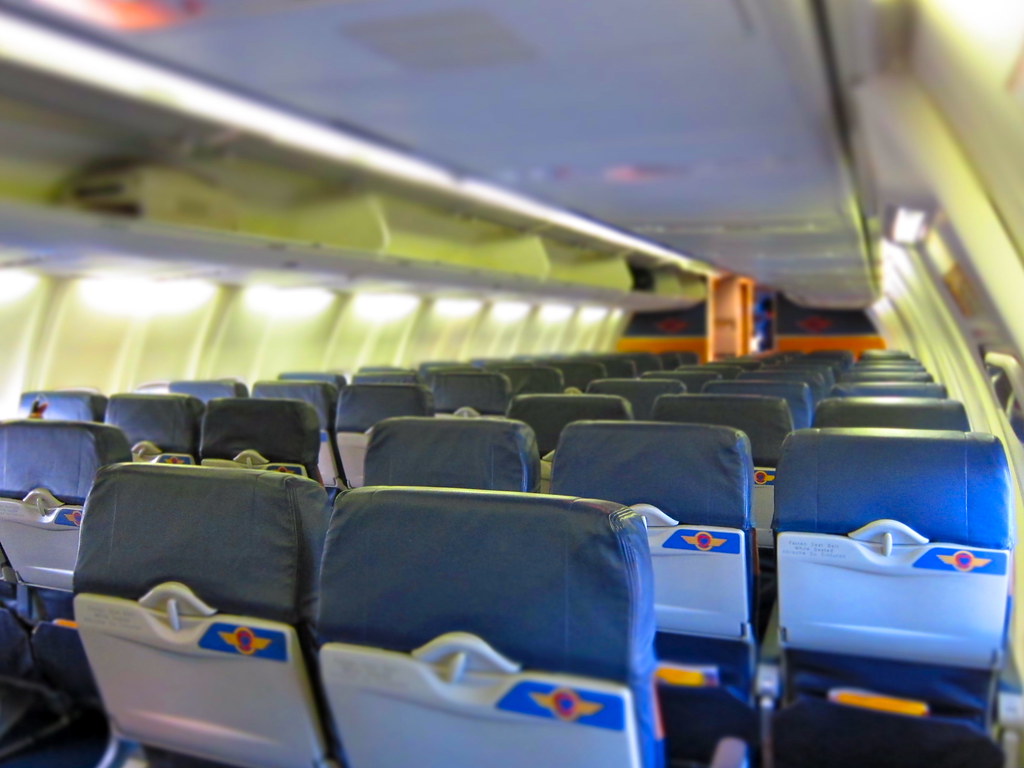
While the general consensus among etiquette experts leans against reclining in economy, there are a few very specific circumstances where a slight recline might be considered acceptable. These exceptions are often tied to long-haul travel or specific physical needs, but crucially, they always come with a caveat: communication. If you’re on a red-eye flight, where sleep is a primary goal for many passengers, or if you genuinely need a small amount of extra space due to a bad back or other health-related discomfort, a gentle recline might be justified. These are special circumstances that deviate from the typical short-haul, daytime flight.
However, even in these situations, a recline should never be a sudden, unannounced maneuver. It’s always best treated as a negotiation rather than an entitlement. Adeodata Czink, another etiquette consultant, advises, “Ask if it would be all right if you recline your seat a touch.” She emphasizes that this polite inquiry “works better than a sudden BANG!” which can startle and irritate the passenger behind you, immediately creating tension.
If the passenger behind you expresses discomfort or declines your request, it’s essential to have a conversation. Perhaps a compromise can be reached where you recline only halfway, or you discuss their specific needs. The goal is to find a solution that minimally impacts the other person’s comfort while still addressing your own. This approach prioritizes mutual respect and acknowledges the shared, confined environment of the airplane cabin.
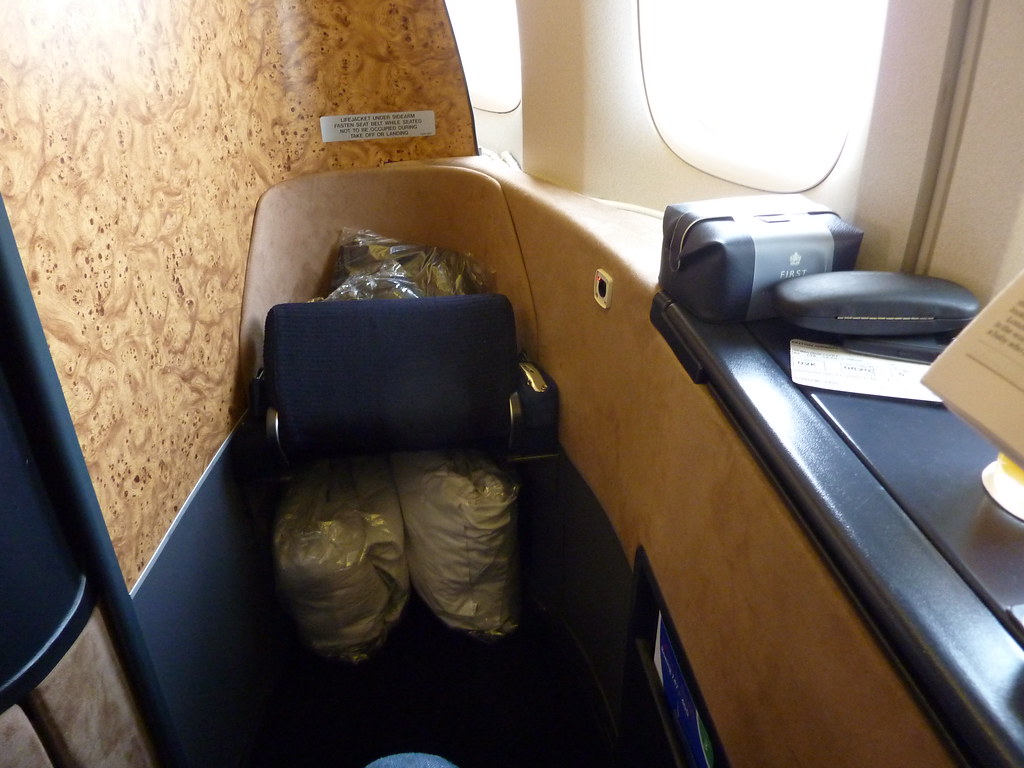
Even if you generally believe in your right to recline, there are specific, non-negotiable scenarios where lowering your seat is considered deeply inconsiderate, if not outright dangerous. These moments demand strict adherence to in-flight courtesy, regardless of your personal preference for recline. The consequences of ignoring these unwritten rules can range from minor annoyances to significant damage or even serious injury, making these scenarios absolute no-go zones for the recline button.
First, you should absolutely never recline when the passenger behind you is using a computing device, especially a laptop. Economy class seats are already so tightly packed that even a slight recline can eliminate the ability for someone to comfortably work or even watch content on their laptop. If you jerk your seat back without asking, you risk damaging their expensive electronics. As etiquette expert Nick Leighton, host of ‘Were You Raised By Wolves?’, plainly puts it, “Nobody likes their laptop snapped in half.” This immediate danger to property should make anyone think twice before leaning back.
Second, avoid reclining during food and beverage service. This one seems obvious, yet it still happens. As etiquette expert Rosalinda Oropeza Randall advises, “Avoid reclining when the majority of the passengers are enjoying their snack or meal.” The reason is clear: if you push your seat back while the person behind you is eating, you risk sending their food – and quite possibly their drink – directly into their lap. This not only causes a huge mess but also ruins their meal and creates an uncomfortable, embarrassing situation for everyone involved.
Furthermore, if there are young children seated behind you, refrain from reclining. Leaning into a toddler’s already limited personal space is inadvisable for multiple reasons. A young passenger can easily retaliate for an airspace violation, perhaps by turning their tray table into a drum set, creating a rhythmic annoyance for your entire flight. More critically, young passengers are prone to putting their fingers in the cracks and crevices between seats. If you recline at the wrong moment, you could inadvertently cause them serious injury, transforming a minor etiquette breach into a dire accident.
Finally, and perhaps most crucially, never recline if the passenger behind you is tall, visibly injured, or has a disability. The impact on their comfort and well-being could be severe. Christopher Elliott himself shared a personal experience, recalling a red-eye flight from Buenos Aires to Houston where he was on crutches after a ski accident, which left him with a broken pelvis. In such a situation, every square inch of personal space is vital for a passenger’s comfort and health. If you observe someone who is clearly tall, struggling, or using crutches, the thought of leaning back shouldn’t even cross your mind. As Elliott warns, “Your selfish actions could cause the passenger to be carried out of the plane on a stretcher,” underscoring the potential for serious harm.

While much of the in-flight etiquette debate focuses on passenger behavior, it’s vital to acknowledge the significant role airlines play in creating these cramped conditions. The Federal Aviation Administration (FAA) has, in fact, been ordered by Congress to establish minimum dimensions for airplane seats, a clear recognition that space has become a critical issue. However, these much-needed new rules won’t be in place for the current busy travel season, leaving passengers to navigate the existing, often claustrophobic, layouts.
The trend of shrinking space is not accidental; it’s deeply rooted in economic factors. CNN reports a notable decline in reclining seats on planes, primarily driven by cost considerations. Manufacturers like Recaro, a German seat maker, are actively steering the industry towards solutions like pre-reclined seats for short-haul flights. Mark Hiller, Recaro’s CEO, champions these designs not just for their cost-effectiveness but also for their supposed space efficiency. “The main advantage is increased living space,” Hiller claims, promoting the benefits of a recline-free design, which effectively removes the very mechanism that causes so much passenger conflict.
The financial implications are substantial. A standard airplane seat, complete with its reclining mechanism, adds between 15 to 22 pounds to an aircraft’s load. In the airline industry, every single ounce saved directly translates into improved fuel economy and reduced operating costs. By opting for innovative fixed seats that remove the need for additional parts, manufacturers can trim down both the weight and the overall expenses, making such designs highly attractive to budget-conscious airlines. This economic reality means that while passengers grapple with less space and fewer recline options, airlines are making calculated decisions that prioritize efficiency over the traditional concept of passenger comfort.
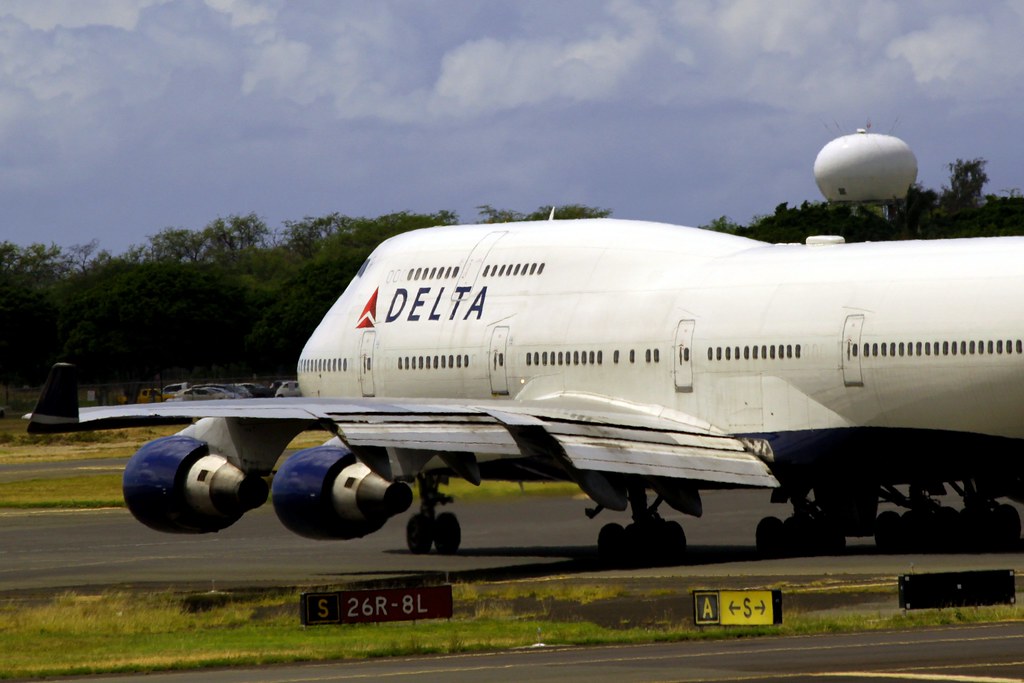
The debate over reclining airplane seats has even reached the highest echelons of the airline industry, prompting commentary from CEOs themselves. Delta Airlines CEO Ed Bastian weighed in on the controversy back in 2020, following a similar viral incident. His nuanced stance reflected the complexity of the issue: he publicly stated, “I think customers have a right to recline,” acknowledging the feature as part of the purchased product. However, Bastian also strongly advocated for basic politeness, advising passengers to always ask before tilting their seats back, underscoring the importance of consideration within a shared space.
Interestingly, despite his official stance, Bastian himself sets a quiet example. He personally avoids reclining, perhaps suggesting that while the ‘right’ may exist, the practice might not always align with good etiquette, especially for someone in a leadership position. This subtle act speaks volumes, potentially setting a standard for ‘CEO etiquette’ in the skies that prioritizes collective harmony over individual prerogative.
This top-level commentary, coupled with the ongoing shift in seat design, points towards a future where the recline function might become increasingly rare, particularly in economy cabins. The industry’s move towards lighter, more space-efficient, and often pre-reclined or fixed seats, as pioneered by companies like Recaro, indicates a systemic response to both economic pressures and the continuous in-flight conflicts. This ongoing trend suggests a future where the very mechanism that sparks so much contention might eventually become a relic of the past, simplifying in-flight etiquette by removing the option altogether.
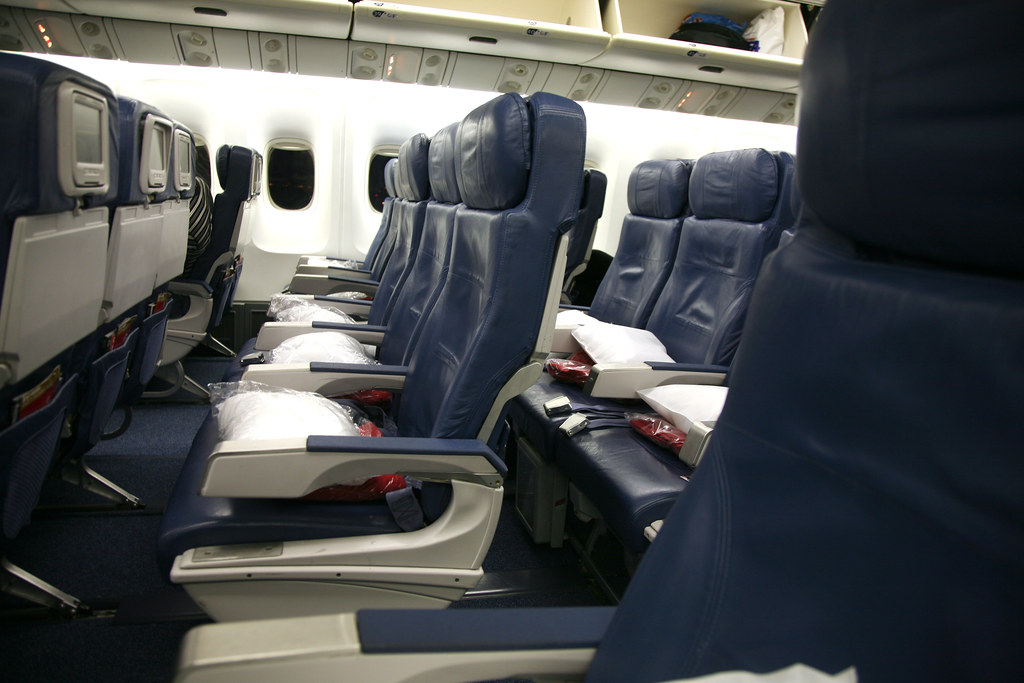
So, what’s a passenger to do when confronted with an encroaching seat recline or simply stuck in a less-than-ideal space? While prevention is always the best cure, having a few expert-backed strategies in your back pocket can make all the difference in maintaining your sanity and comfort in the sky. Christopher Elliott, a consumer advocate and journalist, offers practical tips for handling a seat leaner, focusing on resolution rather than confrontation.
One of the most straightforward solutions is to move to a different seat. If you spot an empty seat nearby that isn’t directly behind a reclining passenger, or if it offers more legroom, consider taking it. Sometimes, a quick chat with a flight attendant can facilitate this move. You might also be able to persuade another passenger to switch with you, perhaps someone with shorter legs who isn’t as impacted by a reclined seat. A polite request can often work wonders, leading to a win-win scenario for both parties.
If moving isn’t an option, or you prefer not to, involving a flight attendant can be a good next step. Remember, crewmembers are trained to de-escalate midair confrontations between passengers and are generally eager to help resolve disputes. They can mediate a conversation, suggest solutions, or even re-seat one of the parties if space allows. However, it’s important to approach them respectfully; avoid pressing the flight attendant call button repeatedly, as this can become an annoyance rather than a helpful signal.
Finally, and often most effectively, try to negotiate a compromise directly with the passenger in front. While some passengers might insist on reclining their seat all the way back, many are willing to meet you halfway. A polite and calm request, explaining your situation (e.g., you need to work on a laptop, or you’re exceptionally tall), can often lead to a partial recline that still offers you some of your much-needed space. It’s about finding that delicate balance between your right to comfort and the shared experience of confined travel.
The battle for personal space in the sky is far from over, as passengers, airlines, and even experts continue to grapple with the shrinking confines of modern air travel. What these viral incidents and expert insights truly illuminate is the ongoing struggle between individual rights and collective courtesy in a shared, increasingly compact environment. It’s a dynamic tension that demands empathy, communication, and a willingness to find common ground, even at 30,000 feet. So, next time you buckle up, remember that a little consideration, a lot of understanding, and perhaps a polite request can truly make all the difference, helping us all navigate the complexities of modern air travel with a bit more grace and a lot less drama.


.jpg)